How It's Made
Solving the Infrastructure equation
A Q&A with Dusty Pearce, our first VP of Infrastructure
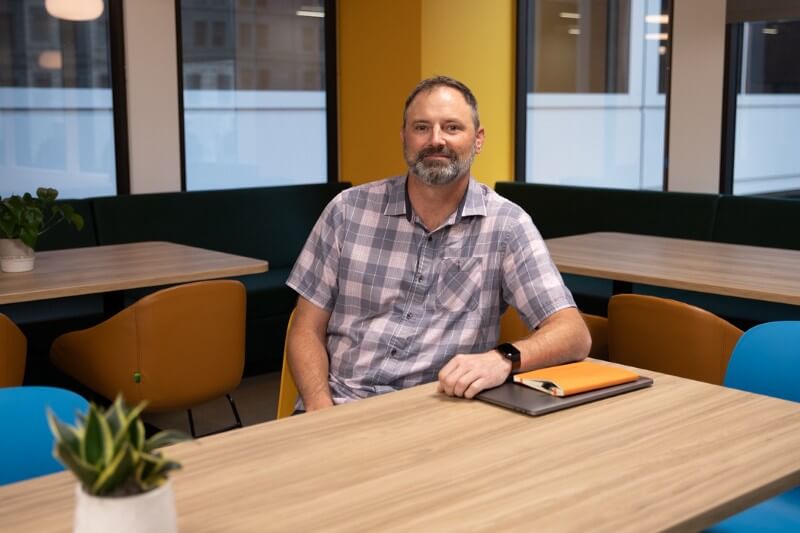
How did you get into Infrastructure Engineering?
I started out as a software developer and grew into infrastructure over time. My last few companies have been hyper-growth startups where we’ve needed to introduce SRE engineering and resilience engineering practices quickly. I love that kind of work — you’re building up engineering process, you’re doing recruiting…you’re building up an organization around a great product.
Infrastructure teams need to build platforms that make it easier for developers to understand their customer and own the software that they create. You never want to get to a place where ownership becomes so onerous that the whole machine cranks down, and nobody can build anything new because all they’re doing is maintenance and bug fixes.
I always work to build a strong DevOps culture into engineering teams, rolling out service ownership and incident response initiatives to help everyone take ownership of what they build. You have to understand your customer and you have to understand what you’re building and wake up when it breaks. That’s just part of the deal.
It’s 2020—new decade! How have you seen Infrastructure Engineering change in the last decade?
I’ve worked at companies that have grown quickly, but I feel like it’s just the new normal.
The next company will be faster. Everyone is moving at the speed of light…and the barriers to entry into the market get lower and lower with more and more services. Now, two people on a laptop can go pretty far, right?
This isn’t breaking news, but most people in the infrastructure space now all agree that managed services continue to be the future. A lot of companies have a hard time trusting vendors and so they sometimes create this false security blanket that you get more control if it’s built in-house. Usually, you end up spending a lot more and having a lot more problems.
Now that you’ve started what are you going to tackle first?
No matter what company I go to, my mission will always be to reduce the cost of service ownership. “Cost” means a few things here — it comes in forms of resource usage in raw costs, but it’s also tied to the cognitive load associated with owning a piece of software or customer experience. Every company can reduce the costs of service ownership so they can own more things with less people and scale responsibly. For small and growing companies this can seem like an unsolvable equation.
…but unsolvable problems are the most fun problems for an engineering team to solve, right?
Why the jump to Instacart?
I’m a builder — I really relish in getting to the bottom of what companies need, building out teams, and honing in on operational excellence. Instacart, in particular, was a really interesting opportunity for me. You have this high-growth company that hits my sweet spot: massive scale, plus a complex product portfolio that spans consumer and enterprise tech.
…And then there are the people, right? It doesn’t take you very long to get vibe of the culture at Instacart. Everyone is very collaborative and neighborly. It’s only my first week and I already feel right at home.
Want to try and solve this equation with Dusty? Our Engineering team is hiring! Check out our current openings.
*Learn more about Engineering at Instacart on our Tech blog.
Most Recent in How It's Made
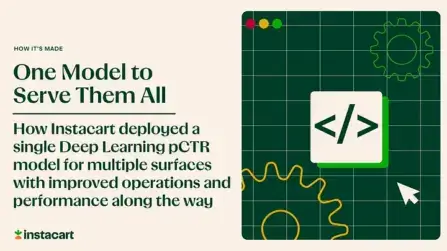
How It's Made
One Model to Serve Them All: How Instacart deployed a single Deep Learning pCTR model for multiple surfaces with improved operations and performance along the way
Authors: Cheng Jia, Peng Qi, Joseph Haraldson, Adway Dhillon, Qiao Jiang, Sharath Rao Introduction Instacart Ads and Ranking Models At Instacart Ads, our focus lies in delivering the utmost relevance in advertisements to our customers, facilitating novel product discovery and enhancing…
Dec 19, 2023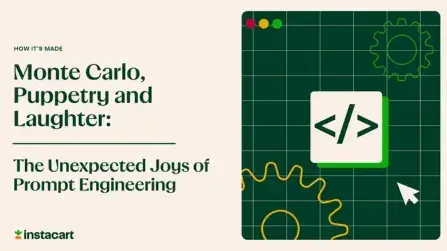
How It's Made
Monte Carlo, Puppetry and Laughter: The Unexpected Joys of Prompt Engineering
Author: Ben Bader The universe of the current Large Language Models (LLMs) engineering is electrifying, to say the least. The industry has been on fire with change since the launch of ChatGPT in November of…
Dec 19, 2023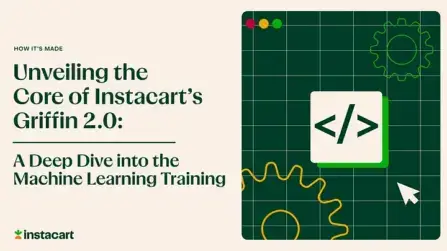
How It's Made
Unveiling the Core of Instacart’s Griffin 2.0: A Deep Dive into the Machine Learning Training Platform
Authors: Han Li, Sahil Khanna, Jocelyn De La Rosa, Moping Dou, Sharad Gupta, Chenyang Yu and Rajpal Paryani Background About a year ago, we introduced the first version of Griffin, Instacart’s first ML Platform, detailing its development and support for end-to-end ML in…
Nov 22, 2023

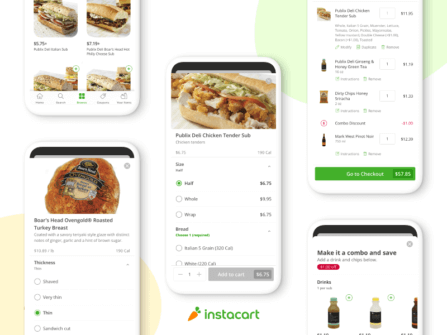 Building Instacart Meals
Building Instacart Meals 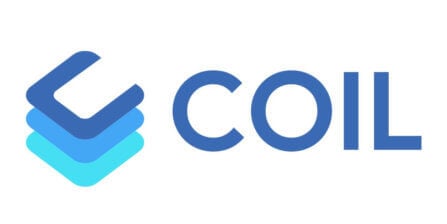 Introducing Coil: Kotlin-first Image Loading on Android
Introducing Coil: Kotlin-first Image Loading on Android  7 steps to get started with large-scale labeling
7 steps to get started with large-scale labeling 
